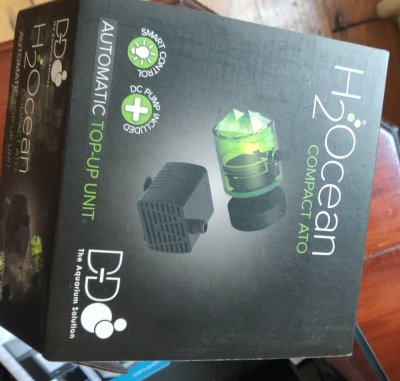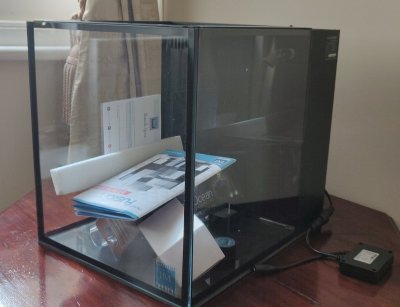- Joined
- Apr 11, 2020
- Messages
- 81
- Reaction score
- 56
Hi all,
I'm looking to buy an IM fusion nano 10 and set it up an easy coral mixed reef, with a pair of clowns. Appreciate the clowns are a bit heavy for the tank, but my lfs seems happy to switch larger ones out for younger ones/grown on fry and I wouldn't object to further upgrades.
I've also got a reef jar, that was started with live rock, that is a few months old and seems quite stable. Easy sps are growing a lot, loads of Coraline, pods etc etc. An old pic of this is below
I suspect you wouldn't want much more live rock in the nano 10 that what is packed into this jar. If I bought live sand, dosed with bacteria and switched the rock and coral over to the IM, could I turn my lights (tuna blue a80) on straight away and add fish? I would continue to do very large water changes once a week. Wanting to avoid a second cycle, loads of algae and dead coral...
Thanks for any help

I'm looking to buy an IM fusion nano 10 and set it up an easy coral mixed reef, with a pair of clowns. Appreciate the clowns are a bit heavy for the tank, but my lfs seems happy to switch larger ones out for younger ones/grown on fry and I wouldn't object to further upgrades.
I've also got a reef jar, that was started with live rock, that is a few months old and seems quite stable. Easy sps are growing a lot, loads of Coraline, pods etc etc. An old pic of this is below
I suspect you wouldn't want much more live rock in the nano 10 that what is packed into this jar. If I bought live sand, dosed with bacteria and switched the rock and coral over to the IM, could I turn my lights (tuna blue a80) on straight away and add fish? I would continue to do very large water changes once a week. Wanting to avoid a second cycle, loads of algae and dead coral...
Thanks for any help






















